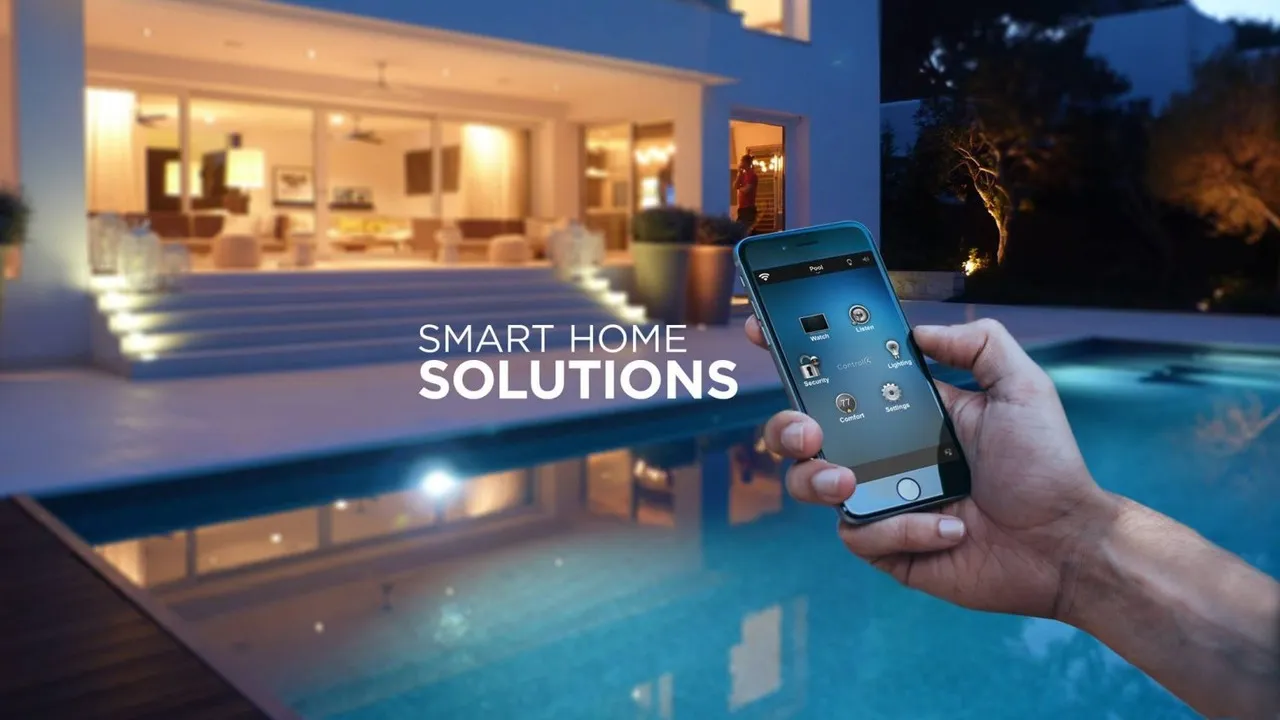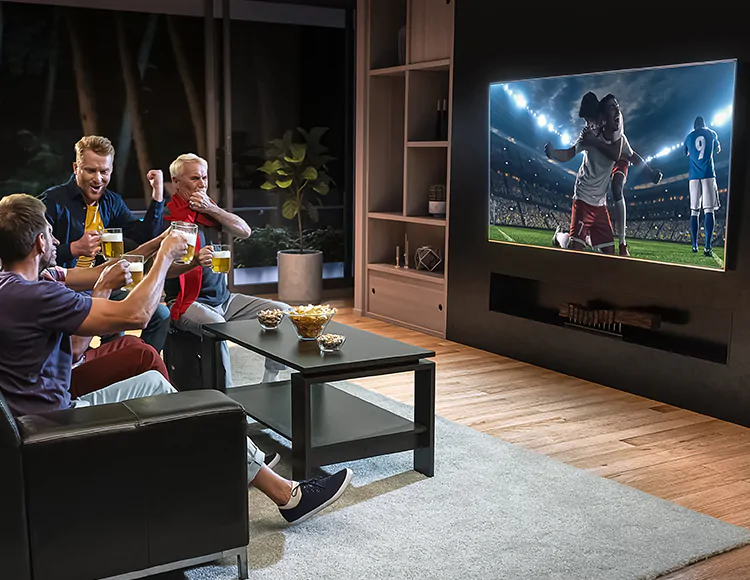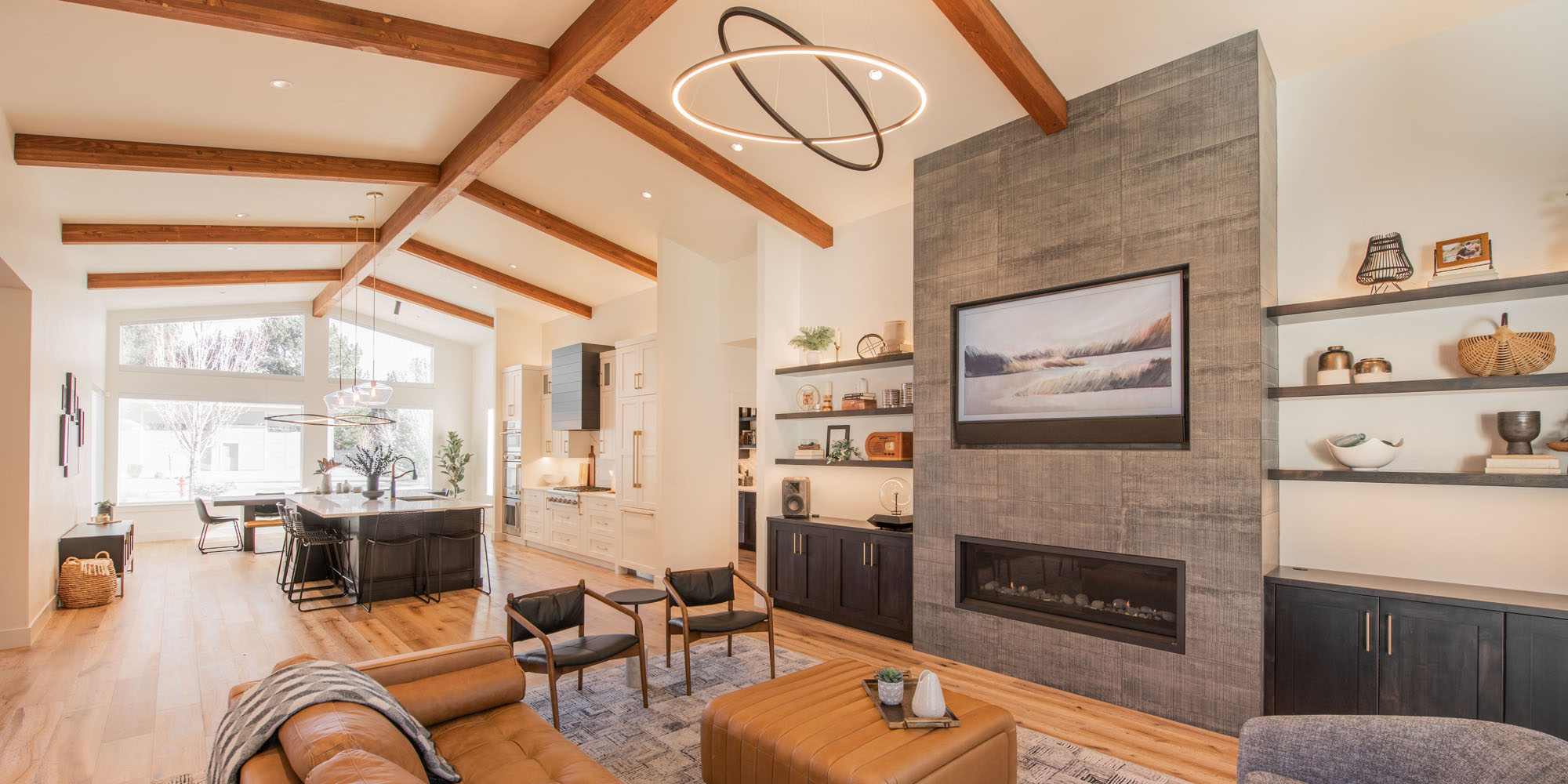Discovering Cutting-Edge Sound Visual Innovations for Enhanced Experiences
The rapid evolution of audio-visual technologies offers a substantial chance to redefine individual experiences across numerous domain names. From the immersive abilities of digital reality to the transformative impact of spatial sound, these advancements are not simply enhancements yet essential shifts in just how material is consumed and engaged with.
Online Reality in Amusement
Online reality (VIRTUAL REALITY) has taken the entertainment sector by storm, changing exactly how target markets engage with content. This immersive innovation allows customers to experience environments and stories in methods formerly inconceivable. By positioning visitors inside a digital world, VR creates a sense of visibility that enhances psychological connection and interactivity, causing a more extensive engagement with the material.
In the pc gaming industry, virtual reality has redefined gameplay mechanics, making it possible for players to literally connect with their environments and making every activity feel concrete. Titles such as "Beat Saber" and "Half-Life: Alyx" exemplify how virtual reality can create distinct experiences that totally take advantage of the tool's capabilities.

As VR innovation remains to progress, its potential applications in enjoyment are large, encouraging to redefine the limits of narration and audience communication. The future of entertainment depends on this immersive experience, offering brand-new dimensions to discover and engage with web content.
Improvements in Spatial Audio
The evolution of audio technology has dramatically improved the means we experience audio, particularly through developments in spatial sound. This cutting-edge strategy goes beyond traditional stereo sound by creating a multidimensional auditory landscape, enabling listeners to perceive sound as originating from throughout them instead than from taken care of networks. Using modern technologies such as binaural recording and object-based sound, spatial sound immerses individuals in a more lifelike experience, enhancing both home entertainment and useful applications.
One of the most remarkable advancements in spatial sound is the growth of styles like Dolby Atmos and Sony 360 Truth Audio. These systems allow audio developers to location audio things in a three-dimensional room, supplying better control over just how sound is rendered and perceived. Therefore, customers can experience soundscapes that are not just much more immersive but also extra vibrant, replying to their movements and placing.
Additionally, the combination of spatial audio right into different platforms-- consisting of streaming solutions, gaming, and digital truth-- highlights its flexibility and potential to redefine just how audiences engage with media. As innovation remains to develop, spatial audio stands positioned to more change our auditory experiences, leading the way for brand-new innovative possibilities in audio design.
Interactive Real-time Events
Increasingly, interactive online events are redefining target market engagement by mixing innovation with real-time engagement. These events utilize developments in audio-visual modern technologies to produce immersive experiences that astound guests. Making use of tools such as enhanced reality (AR) and online fact (VR), coordinators can boost storytelling and promote deeper connections in between participants and material.
Moreover, interactive aspects such as real-time polling, Q&A sessions, and social media sites integration equip target markets to influence the occasion dynamically. This extraordinary level of involvement fosters a sense of area, encouraging guests to share their ideas and experiences in real-time, hence enhancing the overall influence of the event.
The incorporation of gamification aspects additionally plays a considerable duty, changing conventional layouts right into amazing, participatory experiences. Participants can contend in challenges or team up on jobs, which not only improves their satisfaction yet likewise deepens their financial investment in case's purposes.
As the demand for even more personalized and appealing experiences remains to increase, the future of interactive real-time events looks promising. By utilizing advanced modern technologies, organizers can develop transformative experiences that reverberate with audiences long after the occasion wraps up, making certain recurring conversations and long-term impacts.
Home Movie Theater Innovations
In the middle of the fast development of modern technology, home theater technologies are transforming the way audiences experience movies and home entertainment. With improvements in display 8k, 4k and modern technology resolution tvs have become the standard, using magnificent quality and information that boost visual storytelling. Along with this, OLED and QLED modern technologies add to remarkable color accuracy and comparison ratios, raising the general viewing experience.

Moreover, audio modern technologies have actually seen considerable improvements. Immersive stereo, such as Dolby Atmos and DTS: X, produce a three-dimensional sound landscape that covers visitors, making them feel component of the activity. Wireless border sound systems even more streamline installment, permitting tidy, view publisher site clutter-free configurations without endangering audio top quality.

Future Fads in Audio Visual Technology
Arising trends in audio visual innovation are positioned to redefine the entertainment landscape in the coming years. Secret developments consist of the integration of expert system (AI) and artificial intelligence, which are enhancing material customization and visitor involvement - window blinds tampa. These technologies enable real-time modifications to aesthetic and audio aspects based on audience preferences and actions
Furthermore, immersive experiences are coming to be mainstream with the increase of digital truth (VIRTUAL REALITY) and enhanced truth (AR) These innovations help with even more interactive storytelling, permitting individuals to end up being energetic individuals in their checking out experiences. Boosted audio innovations, such as spatial sound and 3D sound, are additionally increasing, providing a more wrapping up acoustic experience that enhances these visual innovations.
In addition, the expansion of 8K resolution displays and innovations in OLED innovation are pressing the boundaries of image quality, guaranteeing that material exists with unrivaled clarity and vibrancy. Ultimately, the shift in the direction of cloud-based streaming services is transforming distribution models, enabling smooth access to high-quality sound aesthetic material throughout numerous devices.
As these trends proceed to evolve, the connection in between modern technology and entertainment will deepen, offering consumers richer, much more appealing experiences.

Conclusion
Technologies such as virtual truth, spatial audio advancements, and interactive real-time occasions produce immersive experiences that mesmerize target markets. Home movie theater developments further raise seeing experiences, while future patterns in audio-visual modern technology guarantee proceeded improvement and personalization of content delivery.
The advancement of audio technology has actually significantly improved the means we experience sound, particularly with improvements in spatial audio. Using modern technologies such as binaural recording and object-based sound, spatial sound submerses users in a much more realistic experience, enhancing both entertainment and sensible applications.
Amid the quick advancement of modern technology, home theater technologies are changing the way target markets experience movies and amusement. Boosted audio innovations, such as spatial sound and 3D audio, are likewise on the rise, giving a more important link covering acoustic experience that enhances these visual developments.
Technologies such as virtual truth, spatial audio advancements, and interactive real-time events Get More Info produce immersive experiences that astound target markets.